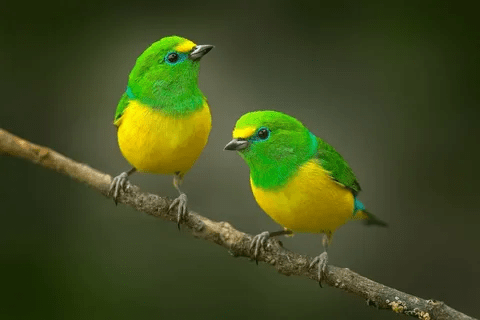The Golden-browed Chlorophonia is a tiny avian species that calls the mountainous forests of Central and South America its home. Its stunning plumage of vivid green and yellow hues is bound to capture your attention and leave you mesmerized by its charm.
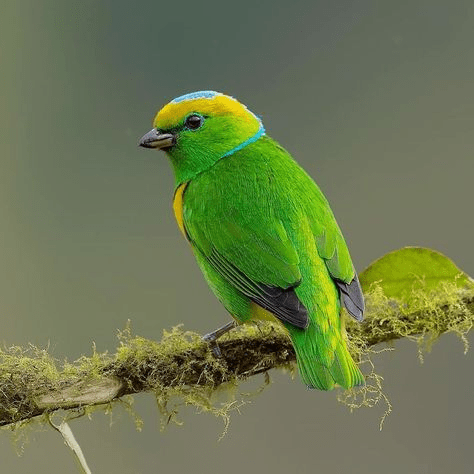
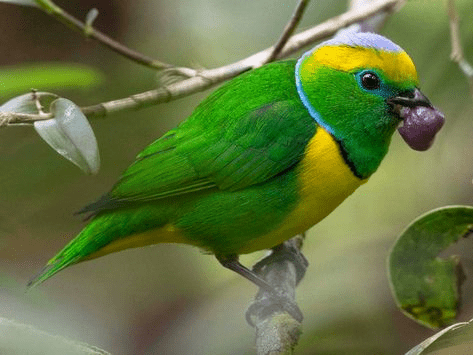
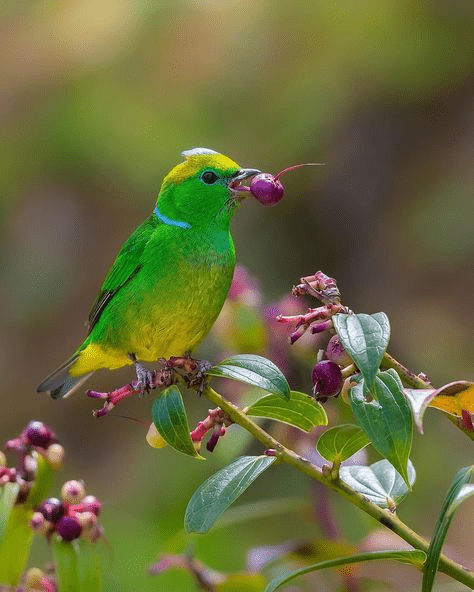
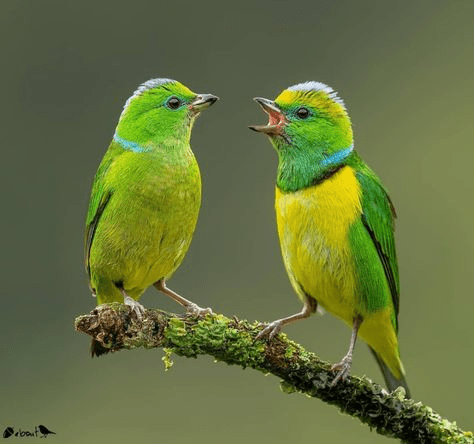
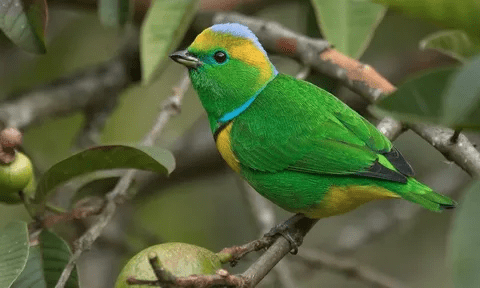
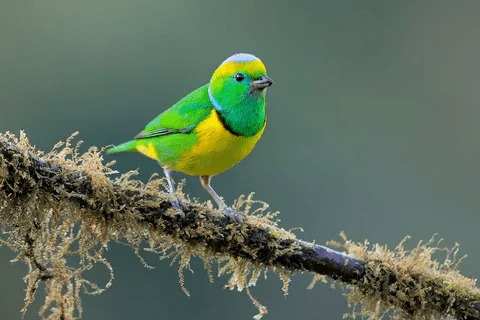
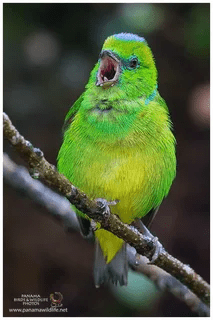
The Golden-browed Chlorophonia stands out with its striking green hue that dominates its body. Its wings and tail feathers boast a stunning shade of yellow, while a brilliant orange-red patch adorns its forehead. The combination of these vivid colors results in a breathtaking sight that is bound to capture attention.
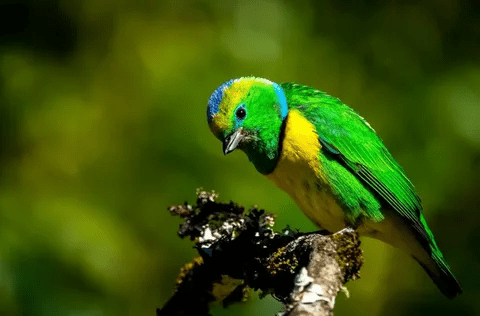
The Golden-browed Chlorophonia is not just known for its vibrant plumage, but also for its unique and delightful melody. Its lovely tune can be heard during the early morning and late afternoon, and is often regarded as one of the most pleasant bird songs around.
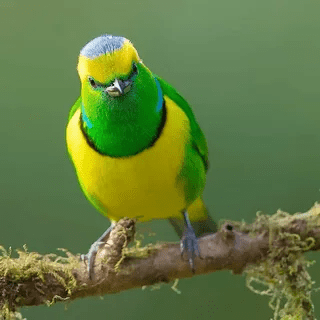
The Golden-browed Chlorophonia belongs to the Finch family and is commonly spotted in the mountainous regions of the Andes. It favors high-altitude forests and can be seen from Venezuela to Bolivia. This bird is relatively petite in size, measuring approximately 10 centimeters long and weighing only a few grams.
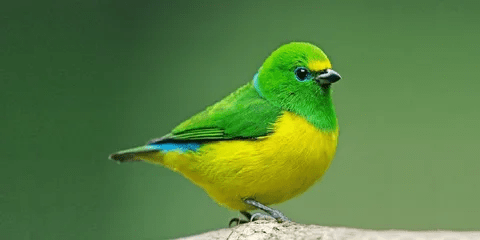
Although it may be tiny in stature, the Golden-browed Chlorophonia holds significant value in its environment. This avian creature’s diet consists of various types of fruit such as figs and berries, as well as insects and spiders. Not only does it satisfy its hunger, but it also aids in the spreading of seeds and contributes to the conservation of a flourishing forest ecosystem.

Regrettably, the Golden-browed Chlorophonia is one of many bird species that are under threat due to the loss and fragmentation of their habitats. The increasing human population has resulted in the encroachment of forested areas, causing these birds to lose their homes and food sources. It is imperative that we take action to safeguard these stunning birds and their habitats before it becomes irreversible.
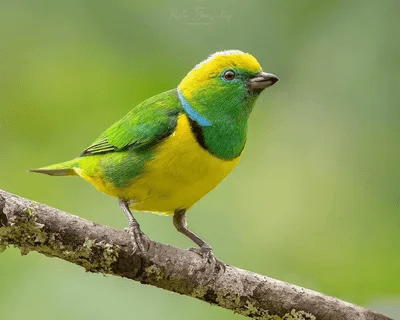
To sum up, the Golden-browed Chlorophonia is an incredibly beautiful bird with its vivid green and yellow plumage, melodious chirping, and significant environmental significance. It is crucial that we value and safeguard these magnificent creatures as we face a global loss of biodiversity.
